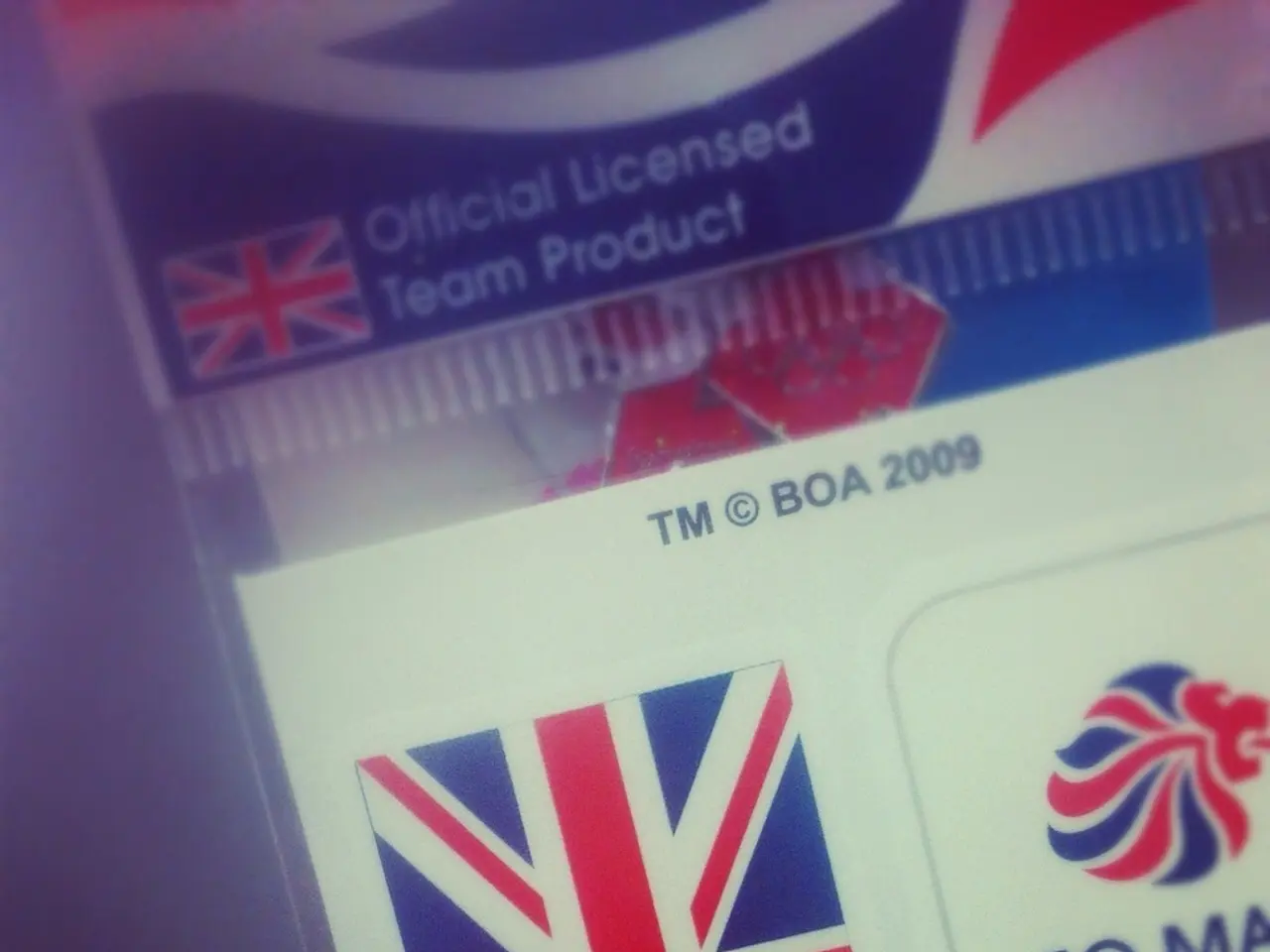Unraveling Acquisitions: The Significance of Investigatory Expectations
M&A Due Diligence: A Comprehensive Evaluation for Successful Transactions
A meticulous M&A due diligence process forms the foundation for a fruitful transaction, enabling buyers to minimize risks, expose hidden obligations, and amplify post-merger value. Rushing this crucial stage can lead to financial losses worth millions.
Mergers and acquisitions (M&A) represent strategic moves often guided by objectives such as product diversification, operational expansion, market share enhancement, and cost synergies. While the potential gains may be transformative, not every deal meets expectations.
A substantial number of M&A failures arise from external market shifts; however, many could be avoided by conducting comprehensive due diligence. Frequently, deals unravel because critical risks remain undiscovered or disregarded from the outset. This is where M&A due diligence comes into play, acting as a safety net for buyers, making decisions evidence-based rather than speculative.
So, what exactly is M&A due diligence? Before any transaction, a comprehensive audit of the target company takes place. This process, known as M&A due diligence, allows the acquiring party to verify the seller's financials, legal standing, operational capabilities, tax history, and more. Ensuring the buyer makes an informed investment, understanding both the advantages and disadvantages of the deal.
The timeline for due diligence varies, depending on the target company's size and complexity. Smaller transactions may take only a few weeks, while larger or multinational deals may stretch over several months. The readiness and cooperation of the seller, completeness of financial and legal documentation, and the buyer's access to professionals play a role in the process. You can typically expect the due diligence phase to last between 30 and 90 days, although this is merely an average.
Skipping or hastening due diligence is one of the main reasons M&A deals fail. Beyond validating financials, this process offers a valuable opportunity to discover:
- Operational inefficiencies
- Cultural misalignment
- Legal threats
- Inaccurate valuations
- Concealed debts or liabilities
It also allows buyers to reassess synergy potential and integration challenges. What may appear attractive on a balance sheet may turn into a liability under due diligence examination.
Carrying out due diligence successfully is not always easy. Buyers often face obstacles such as:
- Lack of a structured approach
- Not knowing what to ask or where to look can omit crucial aspects.
- Delays in documentation
- Incomplete records from the seller can impede progress and escalate costs.
- Breakdowns in communication
- Misalignment between buyer and seller teams can generate tension or mistrust.
- Cost pressures
- The urge to save on fees can cause parties to skip essential evaluations.
- Limited internal expertise
- Without experienced advisors, businesses might misinterpret data or overlook critical risks.
Engaging external consultants and legal counsel with M&A expertise is often the best way to tackle these challenges effectively.
Typically, the buyer bears the responsibility for conducting due diligence, supported by a team of external advisors. These may include:
- Industry experts to assess market positioning and growth potential
- Legal professionals to review compliance and litigation risks
- Financial and tax advisors to validate reports and identify red flags
By involving third-party experts, objectivity is maintained, and potential misunderstandings between buyer and seller are bridged.
The 7 Core Steps of a Comprehensive M&A Due Diligence Process
A successful due diligence strategy is methodical and thorough. The following seven areas are essential to examine before closing an M&A transaction:
- Review Financial Records Carefully
- Analyze historical and current financial statements, key contracts, liabilities, tax returns, and forecasts.
- Evaluate Technology Infrastructure and Cybersecurity
- Comprehend the depth and scalability of the technology infrastructure. Verify intellectual property rights and data protection policies.
- Assess the Customer Base and Revenue Streams
- Scrutinize client profiles, market segments, recurring revenue, and the integrity of the sales pipeline.
- Investigate Cultural and Strategic Fit
- Examine people, leadership, internal culture, and HR policies. Misalignment can obstruct integration and performance.
- Investigate Legal Liabilities
- Look into current, pending, or past litigations, including arbitration or regulatory matters.
- Ensure Regulatory Compliance
- Verify that the business operates within legal frameworks and holds all necessary licenses or permits.
- Inspect Corporate Documentation
- Review shareholder agreements, board meeting minutes, subsidiary details, and organizational structure.
Omit any of these steps can lead to costly oversights, weakening post-acquisition performance.
The discipline behind due diligence goes beyond checking boxes. When approached with discipline, transparency, and the proper expertise, it reveals insights that shape wiser negotiations and smoother post-deal integration. Companies that rush this phase or rely solely on internal assumptions risk buying more problems than assets. A careful, well-supported due diligence process separates successful M&A deals from regrettable ones.
Frequently asked questions (FAQ)
Q1: Who should be involved in the due diligence process? A: Typically, the buyer leads the due diligence, supported by external financial, legal, and operational advisors.
Q2: What's the most critical part of M&A due diligence? A: All areas are important, but legal and financial due diligence tend to expose the most deal-breaking risks.
Q3: Can due diligence be skipped for minor deals? A: It's risky. Even minor deals can conceal significant liabilities. Though the process may be scaled down, it should still be conducted methodically.
Q4: What happens if major red flags appear during due diligence? A: The buyer may renegotiate the deal terms, request warranties, or even withdraw if the risks outweigh the benefits.
Q5: Is there software to help with M&A due diligence? A: Yes. Platforms like DealRoom, Intralinks, and Ansarada offer secure data rooms and workflow tools to streamline the process.
Embrace M&A due diligence not only as a formality but as your shield and compass. When executed correctly, it exposes the entire picture, protects your interests, and lays the groundwork for a successful transaction.
The M&A due diligence process, an essential part of successful transactions, allows buyers to minimize risks, validate financials, and make informed investments. This comprehensive evaluation includes assessing the target company's culture, technology, and operational capabilities, as well as its legal standing and tax history.
Investing in external consultants and legal counsel with M&A expertise can effectively help buyers tackle challenges in the due diligence process, such as a lack of structure, delays in documentation, communication breakdowns, cost pressures, and limited internal expertise.
The due diligence process follows seven core steps: reviewing financial records carefully, evaluating technology infrastructure and cybersecurity, assessing the customer base and revenue streams, investigating cultural and strategic fit, investigating legal liabilities, ensuring regulatory compliance, and inspecting corporate documentation. Neglecting any of these steps can result in costly oversights and weaken post-acquisition performance.




